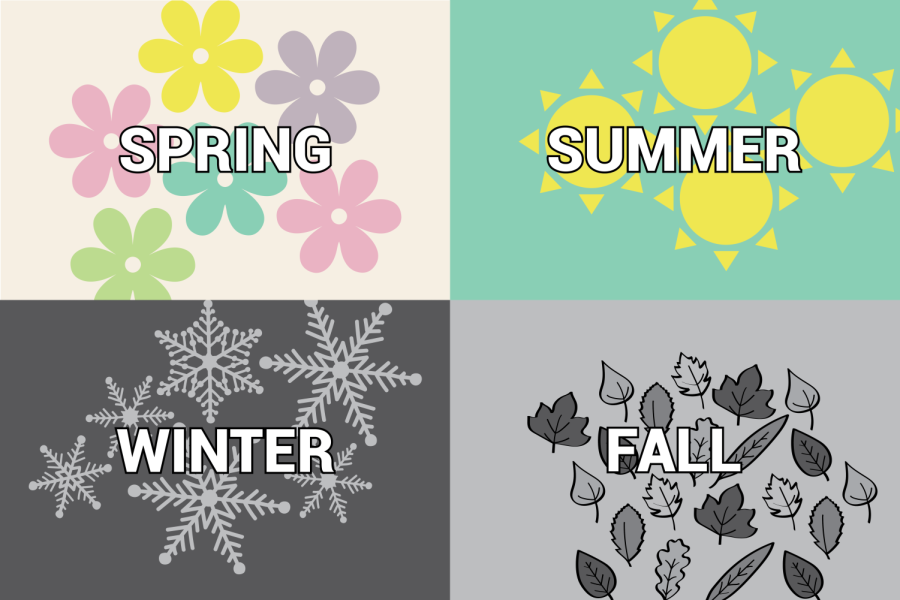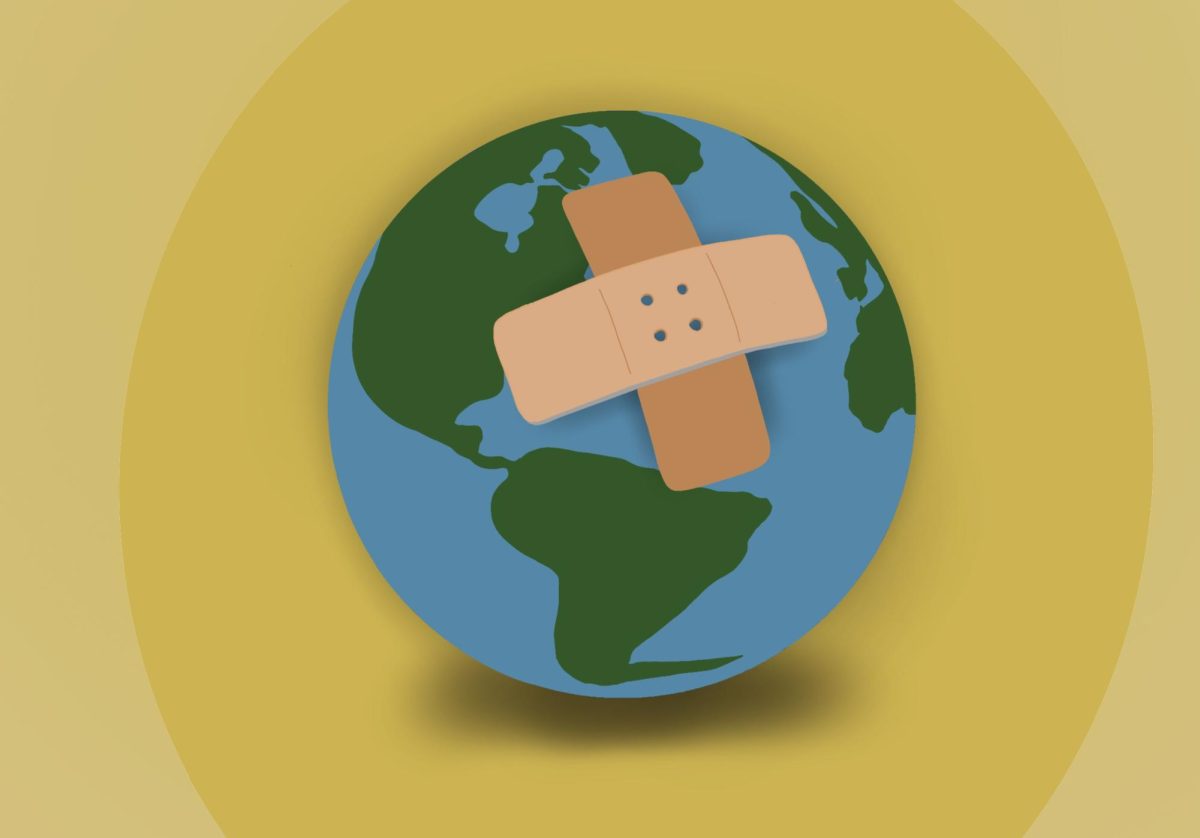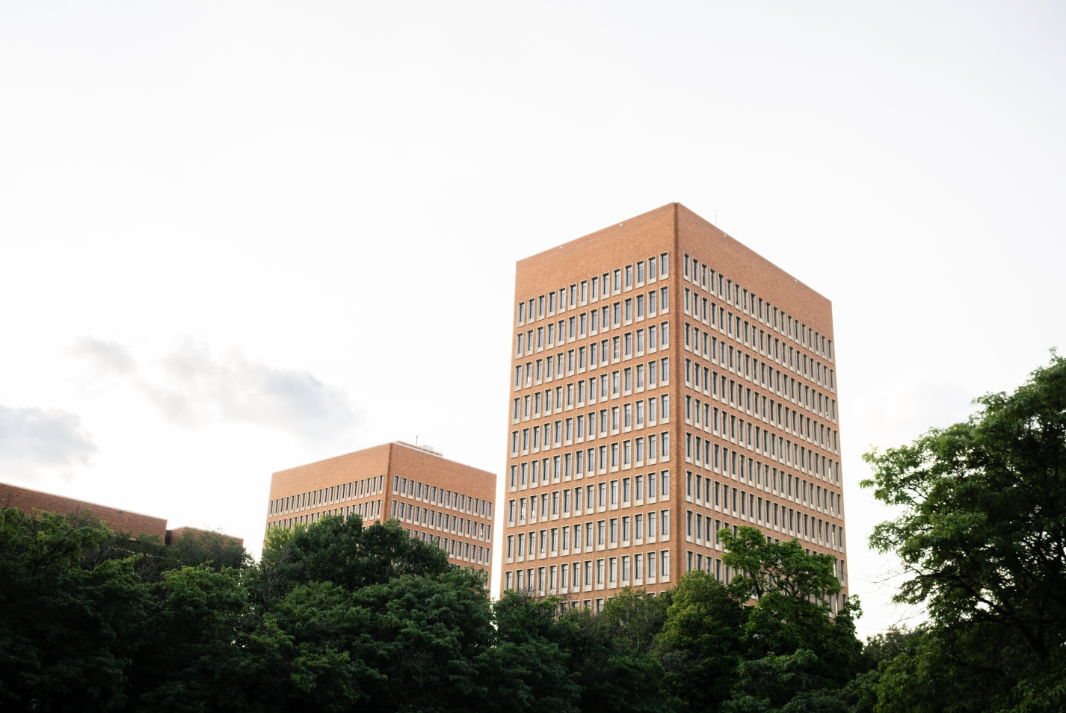Through outreach, University of Minnesota libraries are providing seasonal affective disorder (SAD) lights on campus to alleviate symptoms and give the subcategory of depression newfound awareness through the discussion of a holistic approach and healing.
SAD is defined as a subcategory of depression that occurs periodically within a year. Symptoms usually occur during the fall and winter months when there is less sunlight, which affects the natural chemicals that determine mood, according to the Mayo Clinic.
SAD has symptoms characterized by periodical season patterns in general, along with symptoms specific to winter patterns. The symptoms may appear similar to major depression but have different aspects of their root cause and nuances in symptoms. For example, within winter-pattern SAD, social withdrawal is a more common symptom.
Symptoms of SAD do not rise on a yearly basis but in cycles that typically last about four to five months per year.
Jeannie Larson, assistant professor at the Earl E. Bakken Center for Spirituality and Healing, said symptoms may include, but are not limited to, having low energy, losing interest in activities you once enjoyed, facing problems sleeping and feeling agitated, hopeless or worthless and depressed.
“Research suggests how essential nature is to wellbeing because being in nature can help to reduce anger, fear and stress and increase pleasant feelings,” Larson said. “Exposure not only makes you feel better emotionally, it contributes to your physical wellbeing, reducing blood pressure, heart rate, muscle tension and the production of stress hormones.”
Renovations to certain existing buildings pose potential alleviation of SAD symptoms on campus. To make transitions into colder seasons smoother, “more windows could be added for natural sunlight in buildings and solar tubes embedded underground,” Larson said.
On a more mass scale, Larson suggested the University campus introduces a campaign that aims to encourage students to go outdoors during colder months.
“Exposure to sunlight on the skin in winter may increase production of Vitamin D believed to play a role in serotonin activity,” Larson said.
Staff psychologist Jake Loeffler and Larson share a familiarity with the concepts of working from an integrated holistic framework. Loffeler describes the approach as understanding how our behaviors, thoughts, emotions and environment all interact with each other, enabling different effects for those experiencing SAD.
Working within the Office of Student Affairs, Loeffler has insight into the various resources available to students on campus regarding accommodation requests.
“The RecWell is a great place for somebody who’s affected by SAD to consider going to because they see exercise as medicine by taking a non-western approach to well-being,” Loeffler said.
Loeffler also said someone diagnosed with SAD can reach out to the Disability Resource Center to obtain accommodations and a suitable learning environment for individuals on a case-by-case basis. Students can request rooms with more windows, a portable SAD lamp and even preferred seating directly next to light sources in the classroom.
Loeffler said mental health is often an invisible battle people are fighting, highlighting the importance of structural support systems as well as simply believing an individual who says they are feeling different.
“We love seeing the leaves change every year, but the reason that they give us such a beautiful show is because they’re dying from lack of sunlight,” Loeffler said. “What’s hard is that we have a visualization of what a lack of sunlight does to trees, but we don’t have a visual representation of what sunlight does to us as people.”
Systematically and structurally, changes are being made regarding SAD awareness and resources available to both students and staff.
One of the tangible options available for students to check out from the libraries on campus is “SAD lamps,” which serve the purpose of acting as an artificial source of sunlight, a key source of Vitamin D. Currently, there are four available at Magrath Library and six available at Walter Library.
Outreach and instruction librarian Kristen Mastel recommended working “in tandem with a medical professional” upon checking out a SAD light for personal use. According to Mastel, the University libraries “just bought new lamps that are 10,000 lux, with adjustable brightness and timers to ensure that users do not go over the recommended time.”
Mastel said the potential side effects could be developing headaches from being exposed to brightness for more than the recommended period of thirty minutes.
“The libraries are trying to support students holistically by looking at students beyond academics and their success, and looking at all areas of their lives,” said Mastel.
Correction: A previous version of this article misstated the name of Earl E. Bakken Center for Spirituality and Healing.



























